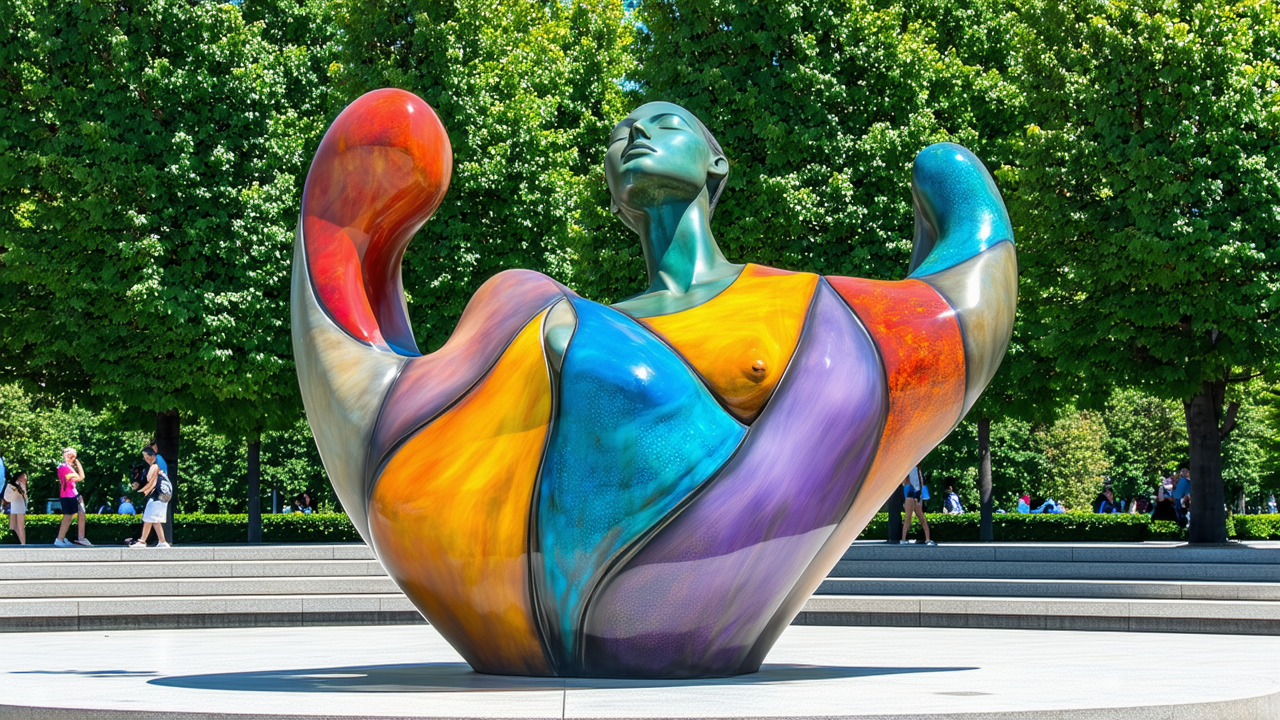‘Lively, whimsical, creative’: Tributes paid to acclaimed sculptor Greer Twiss
‘Lively, whimsical, creative’: Tributes paid to acclaimed sculptor Greer Twiss
Greer Twiss, the pioneering New Zealand sculptor, teacher, and puppeteer, has left a lasting legacy in the art world. Known as the “Godfather” of contemporary sculpture in Aotearoa New Zealand, Twiss was not only a creative force but also a mentor to many of the country’s leading sculptors. His passing on July 17 has prompted an outpouring of tributes, celebrating a life dedicated to art and education.
Twiss’ daughter, artist Abs Twiss, shared the news of his death on social media, expressing her grief. His influence on the art world was profound, with colleagues and students alike remembering him as a generous teacher and an innovative artist who redefined sculpture in New Zealand.
Art historian and former governor of The Arts Foundation Te Tumu Toi, Rodney Wilson CNZM, described Twiss as the “Godfather” of contemporary sculpture in the country. He was the longest continually producing sculptor in New Zealand, with a career spanning over 50 years. His work was exhibited extensively, and his sculptures are now found in both public and private collections.
Twiss was honored with an ONZM for Sculpture in the Queen’s Birthday Honours in 2002 and received The Arts Foundation’s highest award, the Icon Award, in 2011. This award recognized a body of work that spanned more than six decades and redefined sculpture in New Zealand.
One of Twiss’ most famous works, Karangahape Rocks, a large bronze sculpture, was installed in 1968 on the corner of K’ Rd and Symonds St in Auckland amid controversy. At the time, the sculpture was criticized for its cost and design, but Twiss remained confident in his vision, saying, “There’s always a bit of a fuss. Everyone thinks they’re a judge of art.”
Later in his career, Twiss continued to innovate, with works such as Flight Support for Albatross, a 10-meter-high sculpture located on Victoria Wharf in Devonport. His work not only brought contemporary sculpture to public spaces but also inspired a new generation of artists.
Twiss studied at the University of Auckland, Elam School of Fine Arts, and graduated with a Diploma of Fine Arts in 1960. He later graduated from Auckland Teachers College in 1963 and taught puppetry and pottery. His first solo exhibition took place in 1964, and he later became head of Sculpture at Elam School of Fine Arts, where he influenced many of New Zealand’s leading sculptors.
As a lecturer at the University of Auckland in 1966 and Head of Sculpture in 1974, Twiss became a crucial figure in the exploration of three-dimensional practice. His legacy continues to inspire artists and art lovers around the world.

Twiss’ contributions to the arts have left an indelible mark on New Zealand’s cultural landscape. His work, both in sculpture and education, continues to be celebrated and studied by those who follow in his footsteps.
